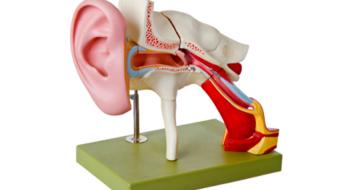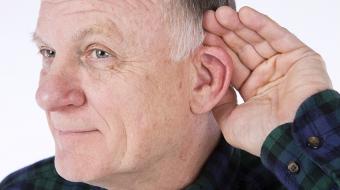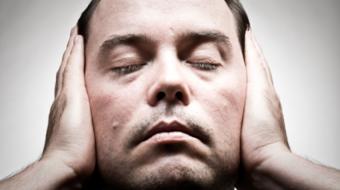Related Treatment Videos
Audiometry
We determine your hearing profile (audiogram) so we can adjust your hearing aid according to your personal needs: this test consists in making you hear a variety of sounds at different frequencies and different intensities, and also in vocal tests to establish your comprehension or discrimination percentage. Your ENT doctor will then issue a medical certificate to recommend the hearing aids, making sure that there is no medical contraindication.
Selecting instruments
When your hearing loss has been identified, we discuss your needs and expectations and we recommend the most appropriate hearing aids.
Which ear(s) should be fitted ?
Which type of hearing aid is adapted to you: In-the-Ear, In-the-Canal or Behind-the-Ear?
Which technology range would be suitable for your needs?
Which options would be considered to make this hearing aid as easy to use as possible?
Ear impression
After your auditory canals have been examined with an otoscope, we proceed to the ear impression by injecting silicone-based material that quickly hardens and provides us with the exact shape of your ears. These molds are sent to the laboratory for hearing aid production.
Your audioprosthetist of Les Centres Masliah can order all options, so your hearing aids exactly meet your needs and are perfectly adjusted to your hearing.
Hearing aid fitting and adjustment
The day has finally arrived! The hearing aids are precisely adjusted by using high technology equipment. We then explain in detail the proper way to use them so you can benefit from their maximum potential.
Follow-up
We give you detailed information regarding your hearing aids daily verification. Evidently, you may consult your audioprosthetist for cleaning your hearing aid. This will greatly contribute to maintaining a superior sound quality and an appropriate hygiene to ensure an extended life of your hearing aids.
5 tips to fully profit from your hearing aids
- Don’t forget that the success of your hearing correction depends on your will to hear better!
- Don’t be discouraged, don’t attempt to go through the stages too quickly during readaptation phases.
- You must wear your hearing aids regularly and follow your audioprosthetist advice.
- You must respect regular follow-up controls that are essential to allow you to benefit permanently from an equipment at the best of its capacity.
- Remember that daily care of your hearing aids is indispensable.






